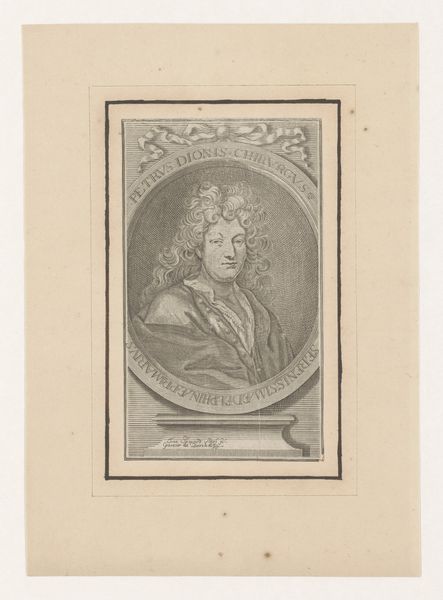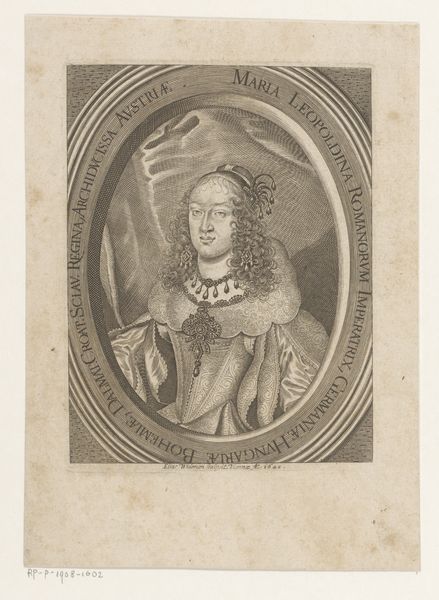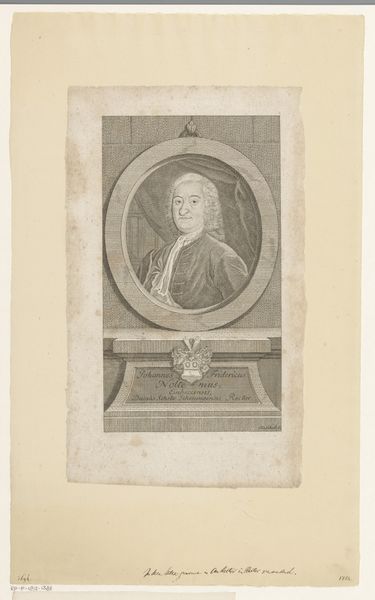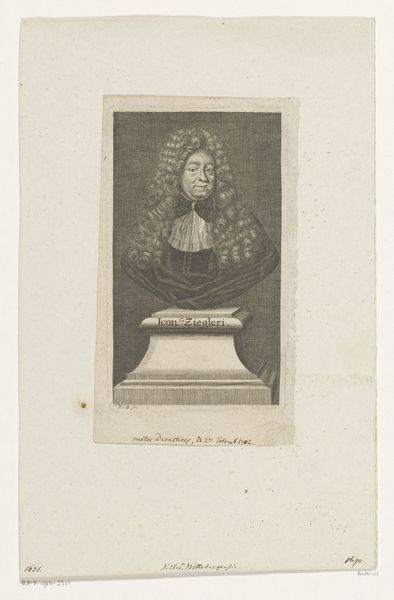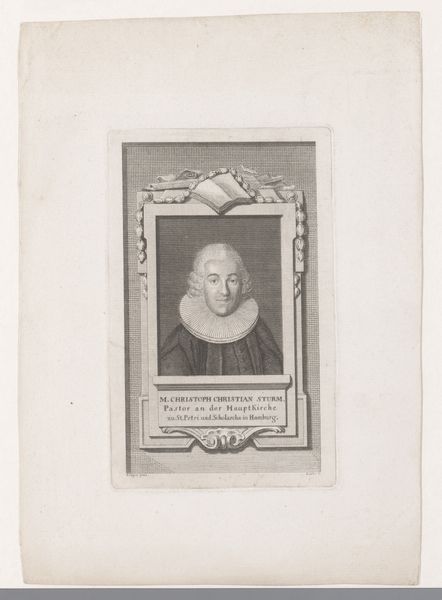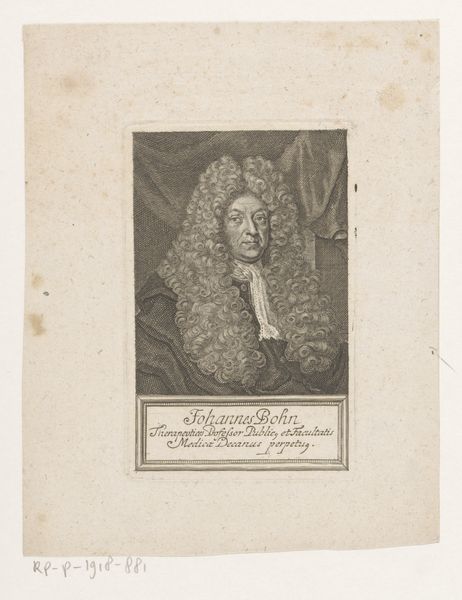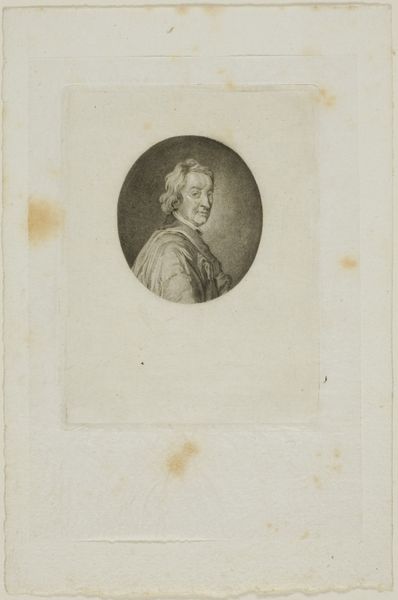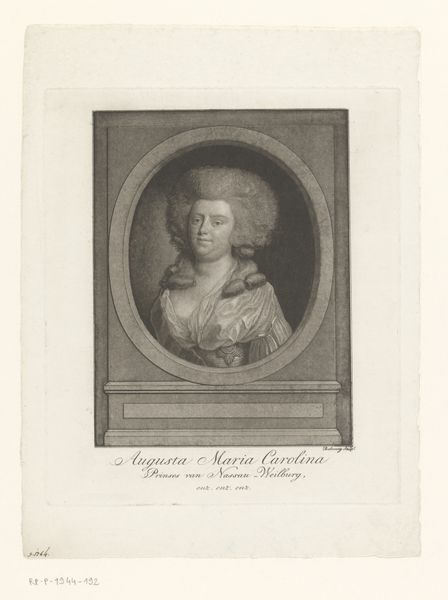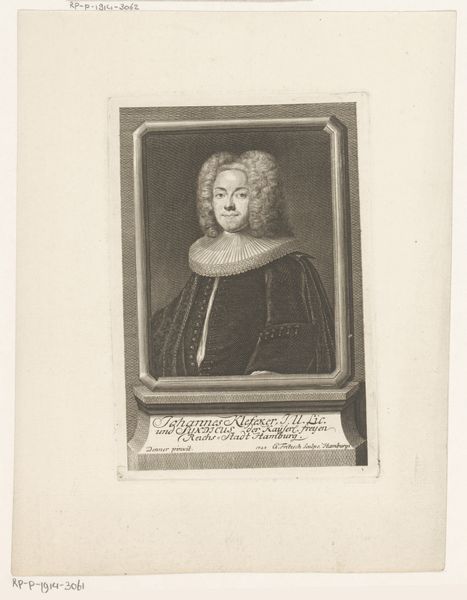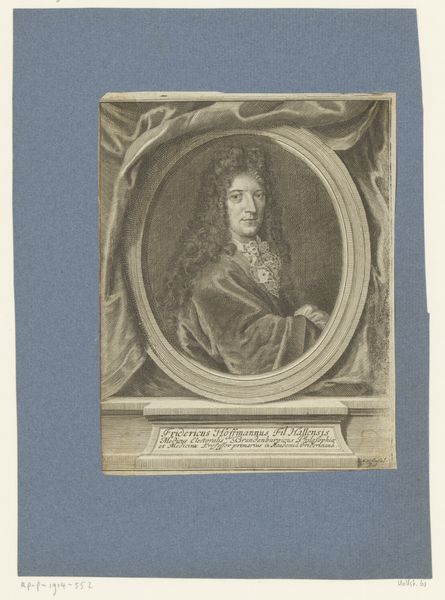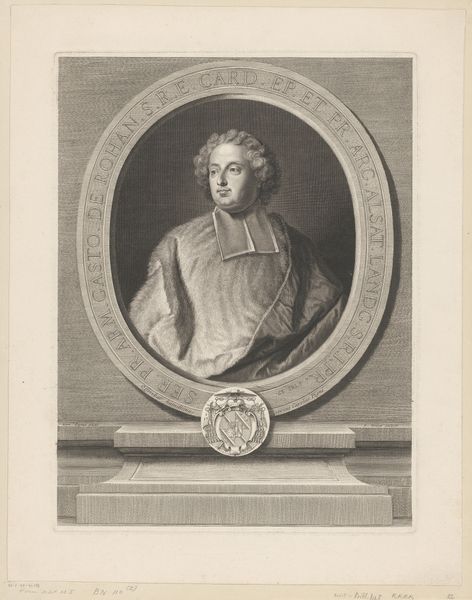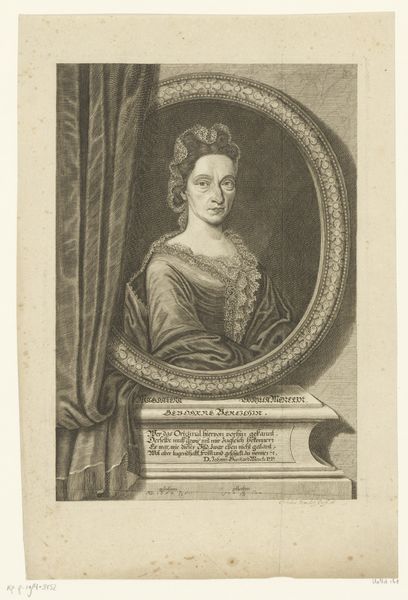
drawing, pencil, chalk
#
portrait
#
drawing
#
baroque
#
pencil
#
chalk
Copyright: Public Domain
Claude Mellan created this undated portrait of a lady using engraving. Mellan lived in a time when portraits were carefully constructed to convey social status and character. This portrait presents an interesting perspective on female identity in the 17th century. The woman’s gaze meets ours directly, a subtle assertion of her presence and perhaps her agency within a society that often restricted women’s roles. The pearl necklace and decorative brooch indicate a certain level of affluence, yet the simplicity of the drawing suggests an understated elegance. Consider the emotional register of the portrait, the woman appears self-assured yet not overtly glamorous. Her expression invites contemplation. What does it tell us about her inner life and the society she inhabited? This portrait captures not just a likeness, but a moment of connection that transcends time.
Comments
stadelmuseum about 2 years ago
⋮
The French illustrator and copper engraver Claude Mellan returned to Paris in 1636 after a twelve-year sojourn in Rome. In Italy he had, among other things, honed his sensitive and virtuoso style as a creator of portrait drawings. His likenesses, executed in black chalk, served him there as templates for copper engravings. He built on this success in Paris and soon became the portraitist of the upper classes, who had begun to value the possession of personal portraits in elegantly worked engravings which they could also give away.As far as we know, however, the 'Portrait of a Lady' was never actually engraved. For this reason, the subject has not been identified to this day. Judging by the style, Mellan drew her shortly after his return from Rome. The only clue to her identity is in the provenance. During the eighteenth century the drawing belonged to the art dealer and important collector Pierre Jean Mariette, whose blue passepartout with gold frame and name cartouche still enclose it. At the auction of the Mariette Collection in 1775, from which Johann Friedrich Städel acquired a large number of drawings, a sheet with a portrait of a man was offered under the same lot number. The man's portrait (today in the collection at the Louvre) bears the name Pierre Dupré, so it is possible that this lady is his wife. However, no further information is available about either of them.In addition to his usual black chalk, Mellan also used a red chalk here, which makes the portrait seem especially lively. The technique suggests that this sheet was not intended for reproduction but as an artwork in its own right. This would mean that the clients displayed a remarkable taste for an open, suggestive structure, because the drawing concentrates entirely on the confident facial features of the young woman and uses only a few fine chalk lines to indicate the hair and bosom. The clever accent set by the black pompom on her breast adds a point of stability to the likeness and creates at the same time a lively link to her alert, attentive gaze.
Join the conversation
Join millions of artists and users on Artera today and experience the ultimate creative platform.
